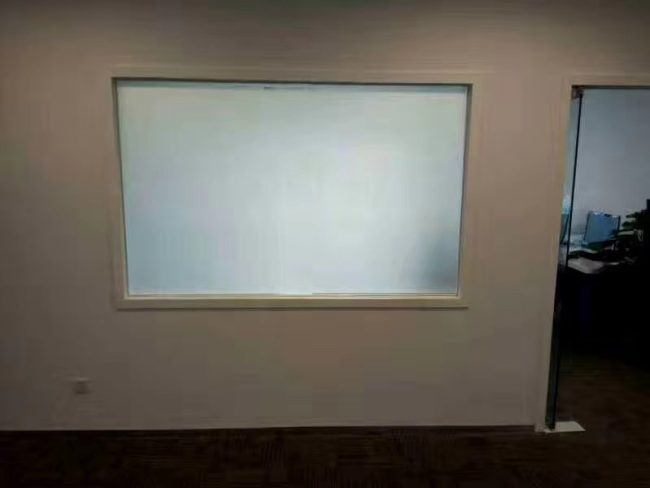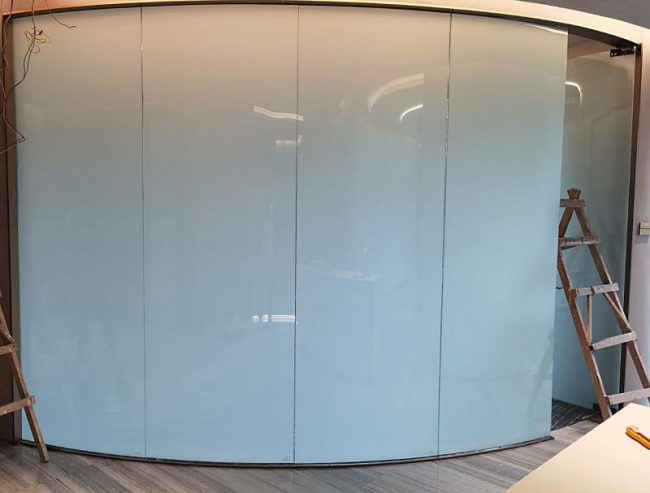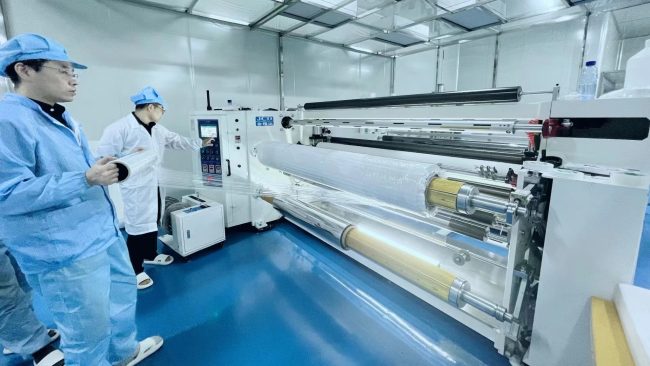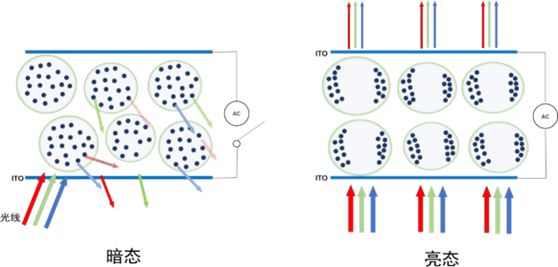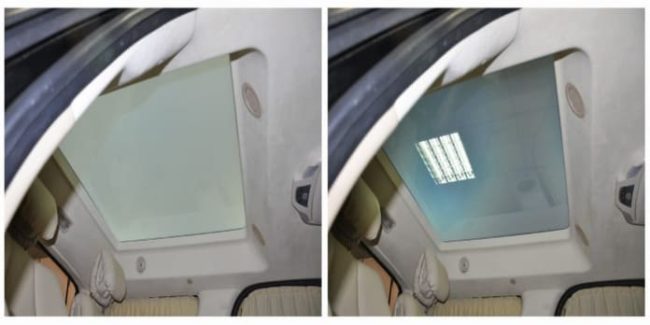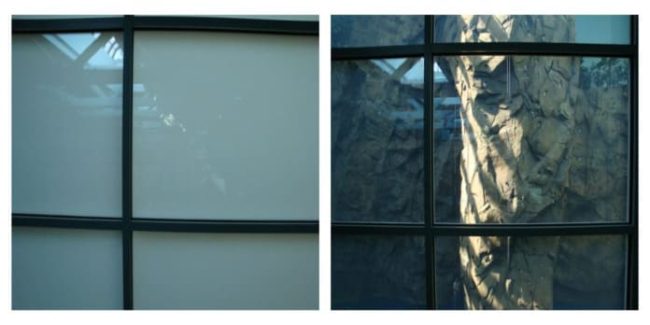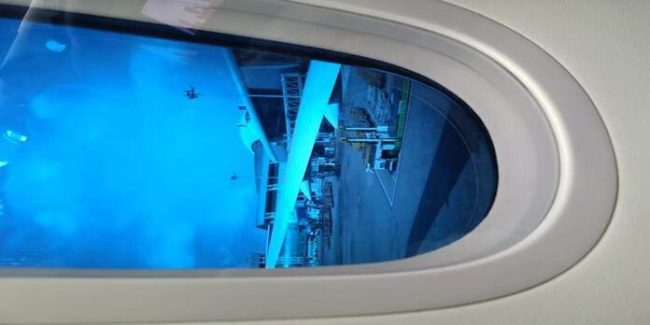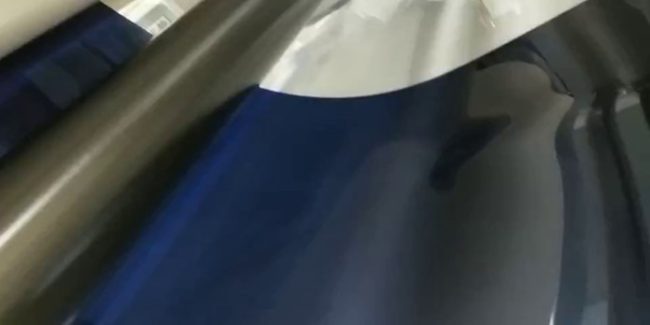Frequently asked questions
Confirming the power transformer specifications for a smart film (such as PDLC film or other electrochromic films) involves checking several key parameters to ensure compatibility and safe operation. Current Demand: Calculate the required current based on film size (e.g., ~0.1–0.5A per m² depending on film type). Power Consumption: Verify watts per m² (usually 5–50W/m²). Our…
Self-adhesive smart film for existing glass offers several advantages, making it a popular choice for modern homes, offices, and commercial spaces. No structural changes: Ideal for rented spaces or historic buildings where glass replacement isn’t an option. On-demand privacy: Useful for conference rooms, bathrooms, storefronts, and residential windows. Lower energy costs: Helps regulate indoor temperature,…
As you explore the common differences between PDLC and SPD smart glass, consider the specific needs of your application, the desired response times, and the budgetary considerations. Each technology brings its own charm to the realm of privacy glass, providing solutions that enhance comfort, aesthetics, and functionality in diverse settings.
Different dimming technologies exhibit varying levels of haze depending on their mechanisms and capabilities.
Solar control smart films provide innovative solutions for privacy, heat, and light management in modern living and commercial spaces. By understanding the differences in technology, you can select the most appropriate type based on your requirements, whether it’s energy-saving facades, glare-free interiors, or customizable privacy solutions.
Polymer Dispersed Liquid Crystal (PDLC) film, often referred to as switchable smart film, can be an innovative and practical addition to automobiles. Its ability to switch between clear and opaque states provides dynamic privacy and enhances the comfort of passengers. Here’s a detailed look at the use of PDLC film in car applications: Benefits of…
Switchable smart film, also known as switchable privacy film or smart window film, is a technologically advanced material that can change its transparency from clear to opaque with the application of an electrical current. This film is often used in windows and glass partitions to provide privacy on demand while maintaining the ability to switch…
What are electrochromic films and what do they do? Electrochromic films are a type of technology that can be used in many products. Electrochromic utilize electrochroic polymers to control the transmission of light and heat. Electrochromics can be used in the manuacture of removable window film and electronic film materials. Electrochromic film for windows has…
SPD Film-The switchable film with SPD (Suspended Particle Devices) technology represents a revolutionary innovation in the field of light management. This advanced technology enables the dynamic control of light transmission through the application of electrical voltage, offering excellent versatility in various fields. The SPD film consists of two outer layer of polyester film (PET), coated…
Smart Shading film is a LPF/SPD electro-optical film to be used in the architectural field. Product supply conditions: SPD Filim Quality release limitsInspection conditions:• Distance = 1 m – perpendicular view• Back Lighting: 300 – 500 Lux / white light(400-700 nm)• Inspection time: 10 seconds per sqm.Single spots smaller than 1 mm are considered acceptable.Other…
